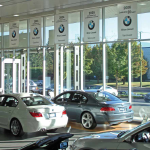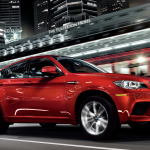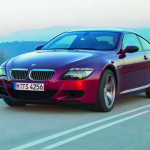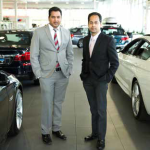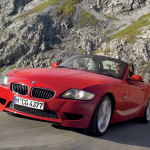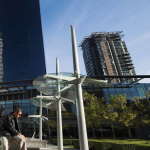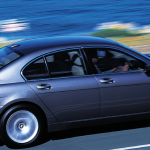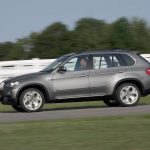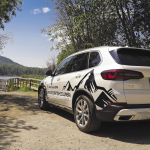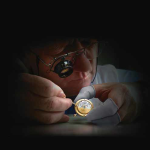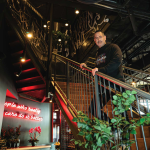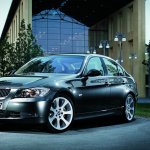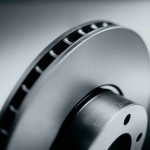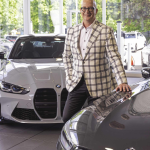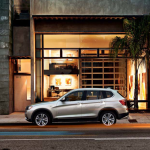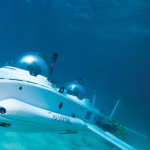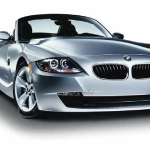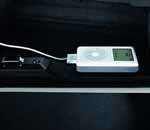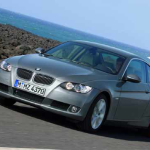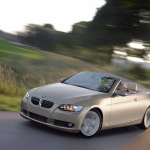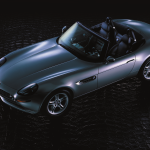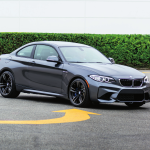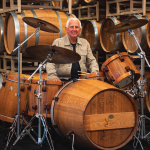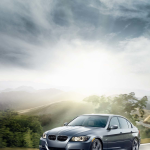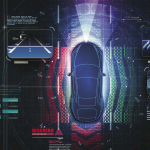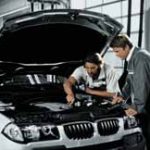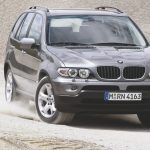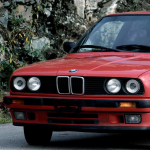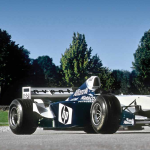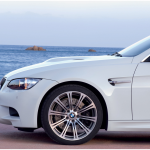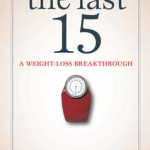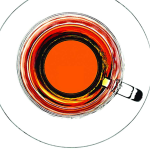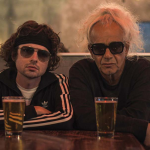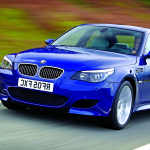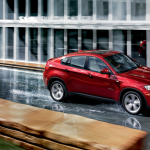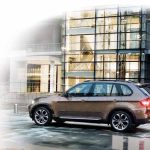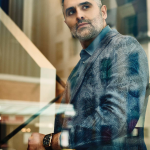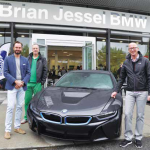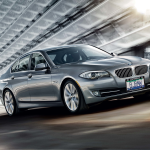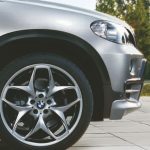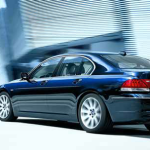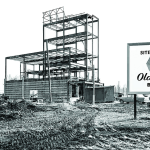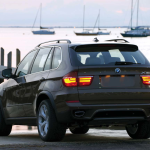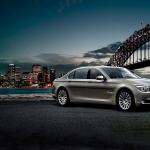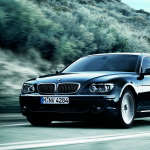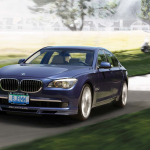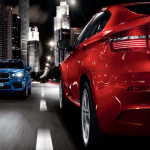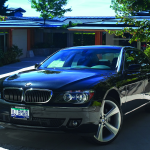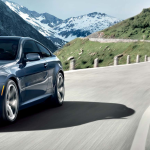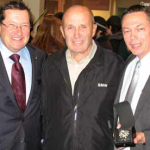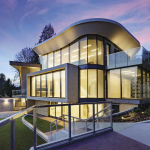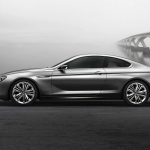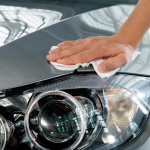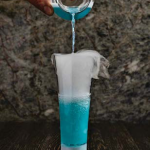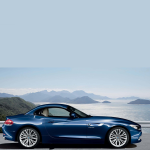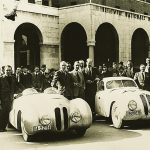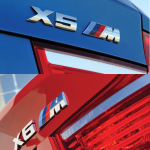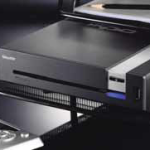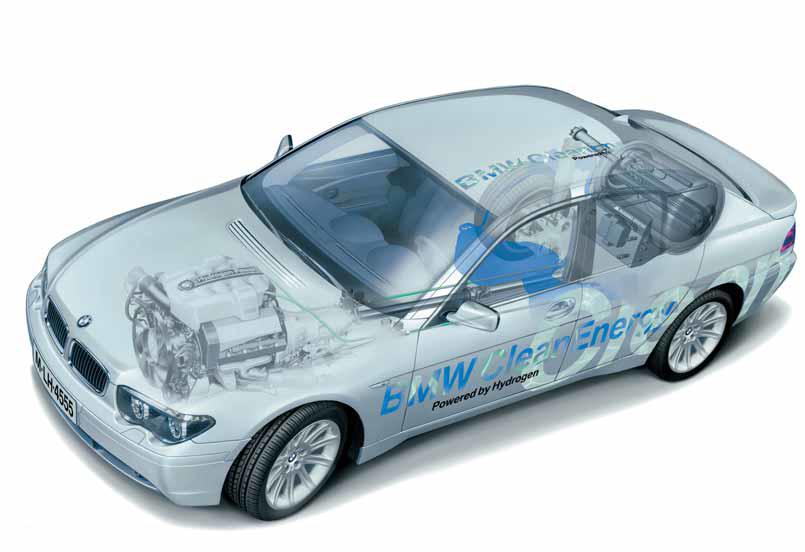
Sponsored Ads
Back in 1991, I remember driving a snappy-looking new BMW around downtown Munich and very much enjoying the experience. Nothing unusual in that, you might say, but this time around it wasn’t a shiny new 3-Series I’d got my hands on. It was a BMW E1 electric vehicle which had probably cost the company millions to develop, a factor that inspired even more caution than usual in driving a car I’d never set eyes on before the morning of the test.
Few people, even BMW enthusiasts, have ever heard of the E1, but it was just one of many initiatives the company has taken over the years to explore every aspect of the “green automobile.” Most consumers regard BMW as a performance automaker with little interest in “environmentally responsible” vehicles, but this is a long way from the truth. In fact, BMW has been a pioneer for decades in many areas of alternative fuels. In the field of conventional gasoline-powered vehicles, its recently introduced 1-Series is a masterpiece of economical transportation for the latter half of the decade.
The E1 never did see production, although the one I drove was so well finished and fitted-out it looked ready for an assembly line. Electric cars are now very much on “hold” with most automakers, partly thanks to wider public interest in other modes of power and partly because the big problem of battery design always presented a barrier. Fuel cells have been very much in the news over the past few years, but this is far from being the only way to employ hydrogen as a vehicle fuel. Several automakers have been experimenting with the gas in more conventional applications, with BMW at the forefront.
Perhaps the motoring public is growing tired of being told that fuel cell cars are just around the corner, only to discover that they are still very much in the experimental stage and vehicles that are on the streets are development models farmed out for local government use on a trial basis. BMW is so convinced of the viability of hydrogen that it’s into its fifth-generation test sedan using that fuel. In fact, BMW has made a serious commitment to the future of hydrogen as a vehicle fuel and its small fleet of 7-Series hydrogen-fueled luxury sedans represented the first such vehicles in series production in the world.
The company’s work with alternative fuels is part of the BMW CleanEnergy strategy, which covers a fascinating variety of research projects. A while back, I rode from downtown Munich to the city’s architecturally spectacular airport ( a lengthy trip) in a BMW 750hL and even “filled up” at a hydrogen service station located right on the airport property. It was an interesting experience, but a common enough routine at Munich airport where many of the vehicles used around the facility, including apron buses, are hydrogen-fueled. At the time of my visit BMW was operating 15 of its early-generation 750hL models on a daily basis in both Munich and Hanover.
When running on hydrogen, the car’s 12-cylinder engine developed 204 horsepower, topped 100 km/h in 9.6-seconds and was capable of a top speed of 226 km/h. A 140-litre cryogenic hydrogen tank gave the fully-equipped luxury c-model a range of 350 km. The cars were “dual fuel” units capable of being run on gasoline when needed. After all, you won’t find a hydrogen filling station on every street corner just yet. The only major modifications to make the flagship BMW’s engine run on hydrogen involve the intake ports, which have additional injector valves for hydrogen.
The engines come off the same production line as other BMW powerplants and are installed in the vehicle using identical assembly techniques. BMW says that its hydrogen vehicles are just as safe as gasoline-fueled cars. The hydrogen is stored in a double-walled steel tank behind the rear seat back, resulting in only a minor loss of trunk space. The fuel is “cryogenic,” kept in an ultra low-temperature condition of -253 degrees C. Safety has been assured by numerous crash tests. BMW points out that even in a very severe nose-to-tail collision in which the colliding vehicle reaches
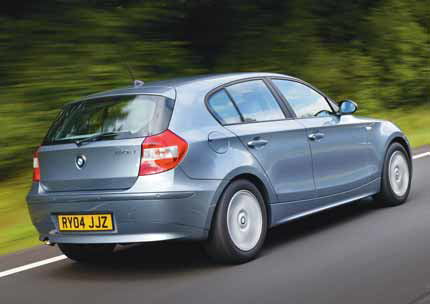
the hydrogen tank, the double-walled tank would not leak. Even in the severest possible crash, which would probably involve little chance of occupant survival, the hydrogen cannot explode, according to BMW. Interestingly, the 750hL was also claimed the world’s first production car with a fuel cell. Several of the BMW hydrogen sedans have had their on-board power supplies generated by a fuel cell. A compact fuel cell takes the place of the usual lead-acid battery and supplies power to the heater, air-conditioner and other ancillaries. Since the air conditioner is independent, the car’s interior can be cooled even when the engine is not
running. Hydrogen, incidentally, seems to be the fuel of choice for future vehicles powered entirely by fuel cells. Hydrogen is a clean, efficient fuel and can be produced in any desired quantity from water. Combustion in the engine results in nothing but water or steam emerging from the vehicle’s tailpipe. If the electricity used in producing the fuel is generated by wind, water or solar energy, the result is an energy source that’s just about as environmentally friendly as it could possibly be.
At Munich airport’s unique filling station (there’s a similar one in Berlin used by BMW), hydrogen is produced right on the premises in a facility comprising just a couple of compact shipping containersized processing units. It does take electrical power to manufacture hydrogen, but proponents of the fuel point out that solar power could get the job done too, thus creating a completely sustainable source of energy. The hydrogen is dispensed automatically using a robot arm which reaches out in response to inserting a credit card and probes for the filler location.
It even lifts and replaces the “gas cap” flap. One of the things holding back production of hydrogen-fueled vehicles is the lack of an intensive fuel supply infrastructure, but this will change. A fuel cell vehicle engineer from California recently told me that he was serving on a committee with California Governor Arnold Schwarzenegger, who is determined to create a “hydrogen highway” all the way from Southern California to Vancouver, B.C. Right now, head south from Vancouver on Highway 99 and Interstate 5 and the first hydrogen fuel supply operation you’ll reach is in Sacramento, some 1,300 kilometres away.
In the developing field of gasoline/electric hybrid vehicles, BMW has signed a “memorandum of understanding” as part of a global alliance with DaimlerChrysler and General Motors. Even so, BMW remains firmly committed to the idea of conventional internal combustion engines fueled by hydrogen and that’s where the company’s main efforts will be directed. It’s worth emphasizing that all BMW’s current vehicle range make use of highly advanced electronic engine management and emission control technology that marks these cars and SUVs as the most economical and the cleanest the company has ever built.
Today’s 6-cylinder engines are as fuel efficient as 4-cylinders used to be and similarly, those potent V-8 powerplants under the hoods of many BMW products can beat older sixes in the fuel economy stakes. It’s all part of what BMW calls its “Efficient Dynamics policy” to enhance fuel efficiency with every new product.
Sponsored Ads

And BMW lovers seeking even thriftier products can look forward to the arrival of the new 1-Series small car. This very attractiv product, which I tried some time ago in Europe where it’s already available, will bring BMW ownership within reach of a wider range of buyers in addition to offering very low running costs. The 1-Series has been compared to the Z4 Roadster when it comes to styling cues. Though it is basically a premium 5-door hatchback of utilitarian design, it’s very much a BMW. The car was styled at BMW’s California Design Works and in Europe, there’s a choice of 1.6-litre (115-hp) and 2.0-litre (150-hp) gasoline engines and a pair of diesels. There’s no word what Canada will get under the hood right now, but a BMW Canada executive told me that we
would be getting a new body style and not the one sold in other markets. Standard equipment includes six air bags. Handling is expectedly outstanding. As one European auto scribe put it, “it sweeps through difficult corners with flowing precision.” The introduction of hydrogen-powered cars will be delayed more by the fuel availability problem than BMW’s ability to speedily introduce a full production model. In the meantime, watch for the 1-Series to arrive in Canada in about a year and a half. And right now, the new 3-Series Coupe with direct injection and twin turbochargers offers possibly the best economy-for-power performance in automotive history.

BMW just recently announced what it describes as “the world’s first hydrogen-drive luxury performance car for everyday use,” the Hydrogen 7. The vehicle has gone through all the normal production development processes and will be built in a limited series for distribution in the U.S. and other countries in 2007. Like its forebears, it will be a dual-fuel car capable of running on hydrogen or conventional gasoline. BMW believes the cars will play a pioneering role in driving forward hydrogen technology for road vehicles. Even more impressive a performer than earlier efforts with the fuel, the BMW Hydrogen 7 uses a V-12 developing 260-horsepower and reaching 100 km/h in a speedy 9.5
seconds. Top speed approaches 250 km/h – and that’s with an electronic limiter. Clearly, the car could go even faster. The cruising range of the BMW Hydrogen 7 is around 650 kilometres. Since gasoline power is available at the touch of a button, there’s never any danger of being stranded far from a fuel source. It’ll be a while before you can drive away from Brian Jessel BMW in a hydrogen-powered vehicle and rival automakers are certainly exploring all kinds of alternatives to gasoline and the internal combustion engine. BMW’s commitment, though, is to hydrogen and given the company’s impressive success rate in every area of new technology it has adopted, the wonders of hydrogen-powered vehicles may be closer to reality than we think.




















